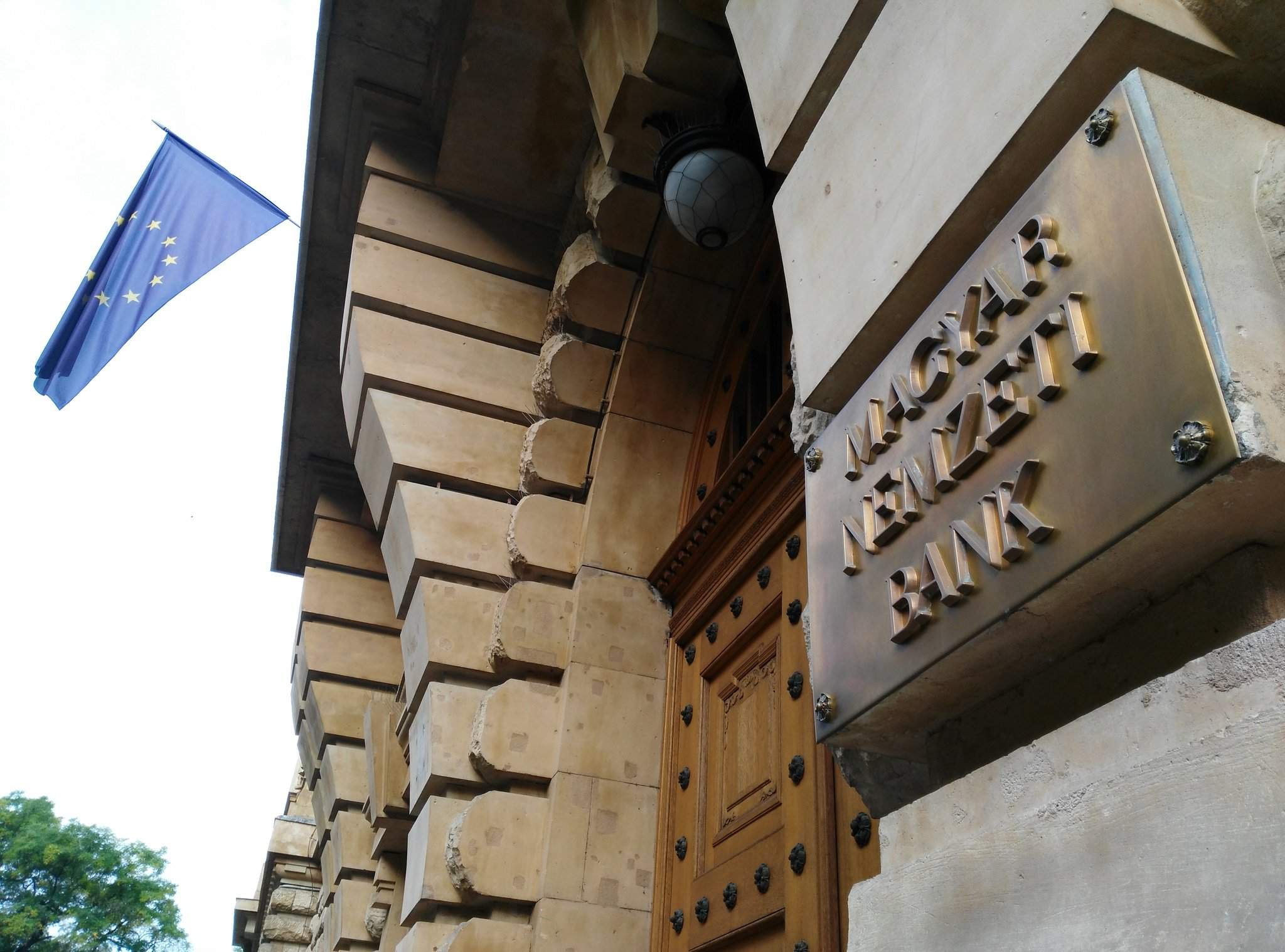Hungary cbank cuts base rate by 75 bp

Hungarian central bank (NBH) rate-setters cut the base rate by 75 basis points, to 10.75 percent, at a regular policy meeting on Tuesday.
The scale of the reduction was the same as at the previous rate-setting meeting in November.
The bank’s Monetary Council also decided to lower the symmetric interest rate corridor in tandem, bringing the O/N deposit rate to 9.75 percent and the O/N collateralised loan rate to 11.75 percent.
In a statement released after the meeting the Council said risks surrounding global disinflation and volatility in international investor sentiment warranted “a careful approach” to monetary policy.
“The Council is constantly assessing incoming macroeconomic data, the outlook for inflation and developments in the risk environment. In the coming months, decisions on any further reductions in the base rate and their optimal pace will be made on the basis of this information, in a data-driven manner,” the policy makers added. The Council, who discussed the NBH’s latest quarterly Inflation Report at the meeting, augured a continued decline in headline CPI and core inflation in the coming months. They put CPI “around 6.0 percent” at end-2023, level with the average for the region, and projected disinflation would remain “strong” in Q1 2024, before slowing down.
The NBH forecasts average annual inflation of 17.6-17.7 percent for 2023, 4.0-5.5 percent in 2024 and 2.5-3.5 percent in 2025.
The Council projects the budget deficit could be between 5.2 percent and 6.0 percent of GDP in 2023, while the state debt ratio drops to “around 73 percent” of GDP by year-end.
At a press conference after the meeting, deputy bank governor Barnabás Virág said the Council had discussed a 100 basis point cut as well as the 75 point one. The final decision was unanimous, he added.
He noted that the technical recession had ended in Q3 and said the gradual pickup in the economy had continued in Q4. A “rapid and significant” improvement in Hungary’s external balances also continued, he added.
International investors’ appetite for risk has improved since the last monthly policy meeting, while an agreement on the release of some of Hungary’s EU funding has improved the country’s risk assessment and its external financing capacity, he said.
Virág stressed that disinflation would have to continue in 2024 to achieve price stability, adding that positive real interest rates would support disinflation.
He said the Council had weighed a number of risk scenarios affecting the inflation forecast, among which the most important were a slowing global recovery, a withdrawal of capital from emerging markets and a slower recovery of domestic consumption. He added that measures of sentiment point to an improvement in confidence.
He said corporate investments were being held back not by a lack of resources, but by a lack of demand. Non-financial companies have more than 21,600 billion forints (EUR 56.8bn) in liquid assets, the equivalent of over 30 percent of GDP, he added.
A sustained improvement in the risk environment could increase the room for manoeuvre of monetary policy, said Virág.
Read also:
Source: MTI


All is well in our Land of Unicorns:
https://www.statista.com/statistics/1320828/key-interest-rate-european-union-by-country/
Until you start comparing Hungary with the rest of the EU …